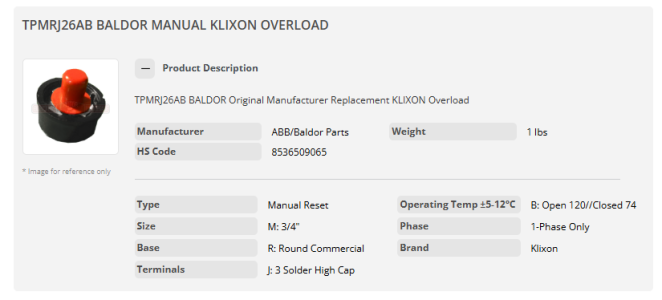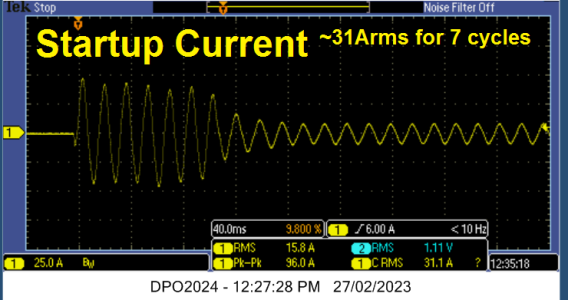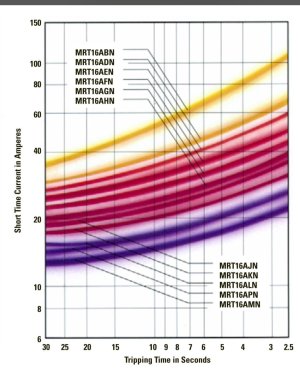Elektrishun
Ultra Member
Well I tried the compressor again today and it tripped at just over 100 psi with the door wide open. So something is very wrong with the thermal switch.
I tried to pull the end bell and there's no way I can get it off. Can't get a bearing puller in because there's no room for the arms and I'm afraid that cast aluminum end bell is going to break.
Tomorrow I'll pull the motor of the compressor and either take it to a shop or spring for a new one at Princess Auto for $229 🙁
I am not entirely certain if your motor design is a little less service friendly than most but here's a YouTube video I found that shows the typical way a single phase AC motor should come apart (2:00 - 7:00 min. portion):
Single Phase AC Motor Disassembly Video



